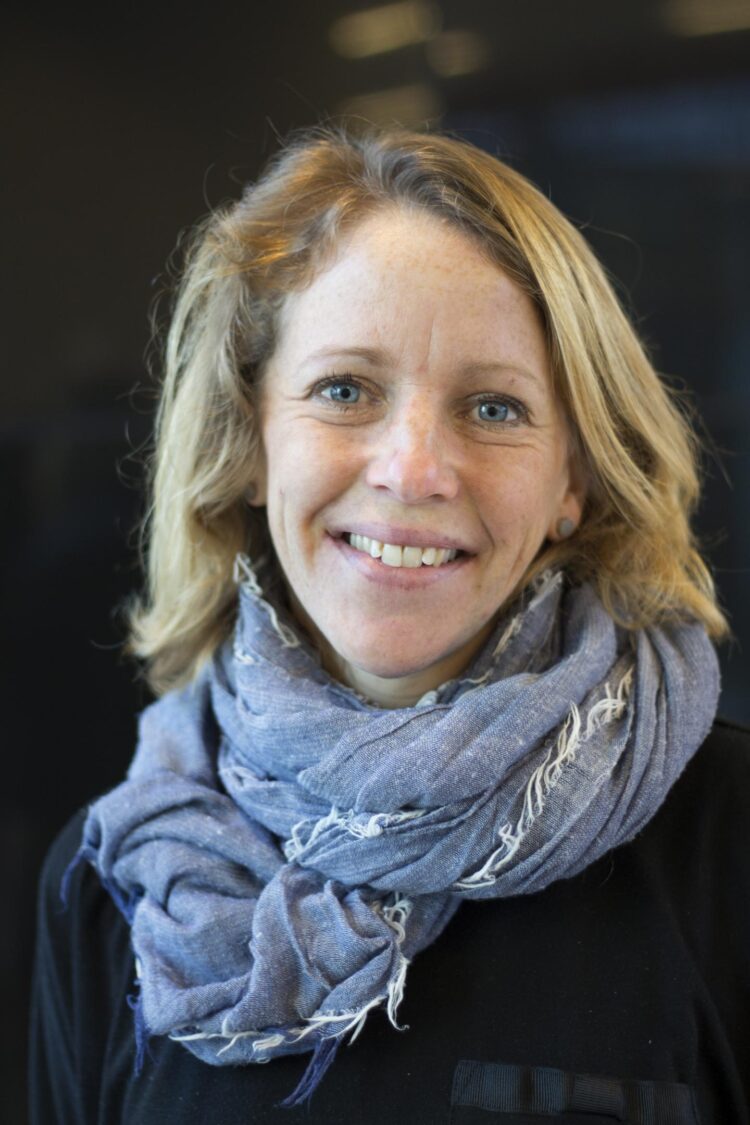Nearly 12,000 people in Sweden received sickness benefit from the Swedish Social Insurance Agency for COVID-19 during the first wave of the pandemic. The median duration of sick leave in this group was 35 days, but for many it was considerably more long-drawn-out, according to a University of Gothenburg study.
A research group in rehabilitation medicine at the University of Gothenburg has studied sick-leave patterns. The study now presented in the scientific journal BMC Public Health.
The study included all recipients of sickness benefit from the Social Insurance Agency for COVID-19 diagnoses in Sweden during the first pandemic wave, from 1 March to 31 August 2020, and monitored them for 4 months from the start of the sick-leave period.
Sickness benefit from the Swedish Social Insurance Agency is normally paid from day 15 of a sick-leave period. People whose sick leave lasted two weeks or less, with sick pay from the employer, were not included in the study.
Data from the Social Insurance Agency, the National Board of Health and Welfare, and Statistics Sweden were used. Describing sick leaves is a way to investigate the impact of diseases on society and individuals, but few other studies have specifically looked at this repercussion of the pandemic.
The results show that 11,955 people received sickness benefit for COVID-19 during the first wave. For a sizable proportion, sick leave was lengthy. The median time was 35 days, and for 9% sick leave was still underway at the end of the follow-up period, i.e., after 4 months.
The proportion of participants who were on sick leave for more than 12 weeks, i.e., those who may have been affected by what is known as “long-term COVID-19,” was 13.3%.
Inpatient hospital care for COVID-19 was the strongest predictor of prolonged sick leave. Another major factor was sick leave in the previous year, 2019. Age, too, appears to have a bearing on the duration of sick leave.
However, the study showed no socioeconomic factors that clearly and consistently predicted long-drawn-out sick leave.
The research group behind the study belongs to the Department of Clinical Neuroscience at the Institute of Neuroscience and Physiology, Sahlgrenska Academy at the University of Gothenburg, and Sahlgrenska University Hospital. Hanna C Persson is the study’s corresponding author.
“The results indicate that the category of people who had been on long-term sick leave due to COVID-19 is heterogeneous, and that the disease is complex. For us to understand the whole picture, more studies are needed in this subject, and with a longer follow-up period,” Persson says.
###
Media Contact
Hanna C Persson
[email protected]
Original Source
https:/
Related Journal Article
http://dx.





